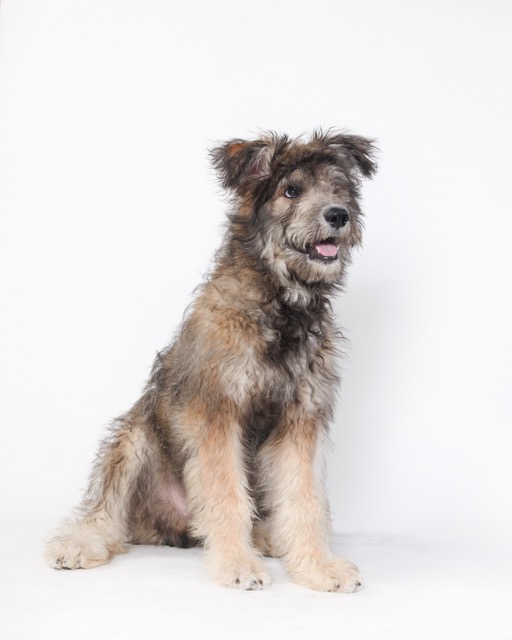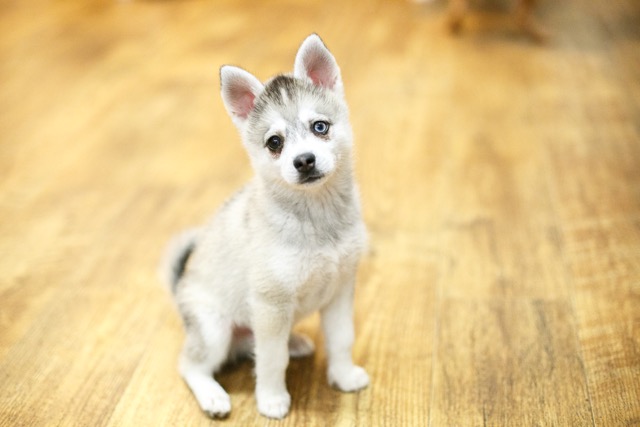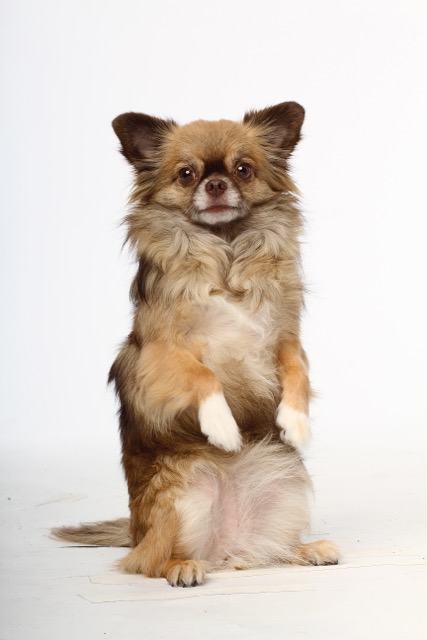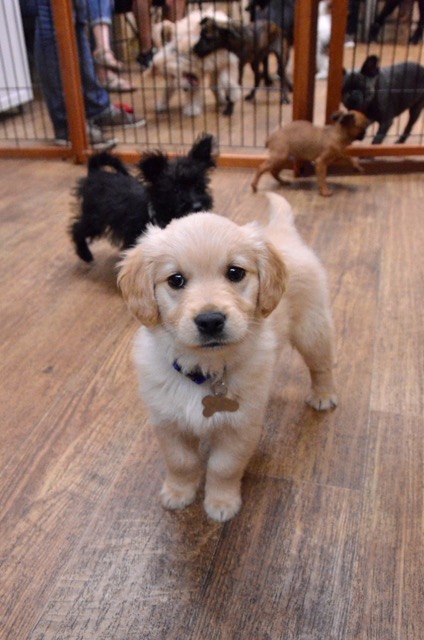
How to Teach a Dog Sit and Stay
Training your dog to sit and stay on command are essential behaviors that can make your life together more enjoyable and safe. Both behaviors can be broken down into manageable steps, ensuring your dog understands and performs them reliably in various situations. Here’s how to teach your dog these valuable commands.
Teaching Your Dog to Sit
Sit is a natural behavior for dogs and one of the first and most useful commands to teach. A dog who sits on command can exhibit better manners, such as sitting when greeting people instead of jumping, barking, or whining. A well-trained sit command can prevent less desirable behaviors, making your dog more manageable in various situations.
Tools You Need to Train Your Dog to Sit:
- A leash (to attach to your dog’s collar or harness)
- Treats that your dog really loves (preferably something soft that can be licked or broken into tiny pieces)
- A hands-free treat pouch
- A chosen marker word such as “yes” or “good” or a clicker
- A quiet and comfortable environment for your pup to learn
- Your positive attitude and patience
- Your observation skills
Methods for Teaching Sit
There are multiple methods to teach your dog to sit. The two most positive and popular ways are the “lure and reward” method and the “capturing behavior” method. Incorporating both of these approaches can be effective in training your dog.
Lure Method Steps:
- Get Attention: With your dog in a standing (on all fours) position, hold a treat between your thumb and forefingers, with your palm facing upward. Hold the treat to their nose and let them lick it a bit to get their interest.
- Lure Position: Slowly move your hand slightly up over their head and slightly back towards their rear, aiming between the ears. Be careful not to hold the treat too high to avoid encouraging jumping.
- Seesaw Movement: As your dog tilts its head back to follow the treat, its rear end will move towards the floor, similar to a seesaw.
- Mark and Reward: When your dog’s rear end hits the ground (they are now sitting), use your crisply defined sound marker (“yes”, “good”, or clicker) followed by giving them the treat reward.
- Repetition: After a few brief training sessions, your pup will follow the treat lure fluidly and reliably into a sit position. Continue to lure your dog into the seated position and mark the behavior when it happens, but now you will no longer give your puppy the treat lure. Instead, you will deliver the reward treat from the other hand.
- Gradual Removal of Lure: To move past the food lure stage, begin to hold and move your cueing hand the same way you did when there was food pinched between your fingers, but there will no longer be a treat in your luring hand. Continue to mark and reward your dog using the non-luring hand. Gradually adjust the look of your cueing hand to resemble an empty hand signal, making it obvious to your dog that there is no treat in your cueing hand.
Capturing Method Steps:
- Observe and Reward: Watch for moments when your dog sits naturally. Immediately mark the behavior and give a treat.
- Repetition: Reward every time your dog sits on its own to reinforce the behavior. This helps your dog associate sitting with positive outcomes.
To Be Noted
- Consistency: Once your dog is responding to a food-free hand signal, continue rewarding with food treats. In time, you can begin to reward your dog with non-food rewards like playing with a toy or verbal praise.
- Verbal Cue: Once your dog reliably sits for your refined food-free hand signal, you can begin to add a verbal cue. Say the word “sit” before showing your dog the hand signal. With repetition, your dog will associate the sound “sit” with the behavior.
Teaching Your Dog to Stay
Stay is one of the most basic and useful behaviors to train a dog. It can keep your dog safe and make everyday life easier. However, it requires your dog to have some foundation skills and for you to break the behavior into small, achievable steps. Trainers often refer to the 3 D’s of stay: Duration, Distance, and Distraction.
Foundation Skills:
- Your dog should respond quickly to a visual cue for sit and/or down and be able to wait a few seconds to be given a treat while remaining in the cued position.
- Your dog should have been practicing and accomplishing basic impulse control around things they desire such as food, water, people, toys, and other pets.
- If your dog demonstrates impulse control, they are ready to be taught how to stay in the cued position until given a release cue.
Steps to Teach Stay:
- Introduce the Stay Command:
- Start with Sit: Ask your dog to sit.
- Add Duration: Feed a small treat every few seconds while your dog remains seated.
- Introduce a Release Word: After a few seconds, say “okay” and release your dog by tossing a treat away.
- Building Duration:
- Increase the time your dog stays seated before marking and rewarding. Vary the duration to keep it interesting.
- Adding Distance:
- Start by moving your body slightly while your dog stays seated. Gradually increase the distance, one step at a time.
- Always return to your dog to mark and reward before increasing the distance further.
- Introducing Distractions:
- Practice with minor distractions, such as moving your arms or talking.
- Gradually increase the complexity of distractions, ensuring your dog remains focused.
Duration
To work on building the duration of your dog’s stay, you’ll remain right next to your dog. Have a goal in mind, such as building up to a 20-second stay. When your dog responds to the sit cue, delay how many seconds you wait before marking, rewarding, and releasing your dog. Your goal is to build duration but be sure to vary how long your dog has to wait. You don’t want them to get discouraged by each repetition only getting longer and more difficult. Keep it manageable, fun, and keep them interested and guessing. For instance, a short practice session with numerous repetitions may have wait times that build to 20 seconds interspersed with some shorter times: 2 seconds, 5 seconds, 8 seconds, 3 seconds, 12 seconds, 15 seconds, 6 seconds, 20 seconds, 2 seconds, and so on.
Distance
Once your dog is solid at remaining seated for 20 seconds and is responding quickly to the release word, move on to adding in your body movement as well as distance. It will be hard for your puppy to not want to remain close to you. When you take a step away, your puppy will want to join you. We must break the initiation of this next challenge into small achievable steps. Be patient, knowing that once your puppy gets the idea of staying put while you move around, the learning will begin to go quickly.
Don’t try to help your dog by saying stay or holding your hand out like a stop sign. At this stage, those prompts will only serve to distract and confuse your pup. It’s OK if they occasionally get up. When that happens, just re-cue the sit (or wait a brief moment to see if they reseat themselves on their own). Your dog will learn through a bit of trial and error that when they get up before hearing the release word or being cued to do another behavior that they do not get rewarded. In the future, the reward may still be a treat, or it may be access to a toy, a person, a walk, etc.
With your dog in the seated position, begin to introduce movements. Make the movements small and manageable at first, then slowly build up the challenge. If your puppy is breaking, you are making it too hard. Here is an example of a slow, systematic approach:
- Rock your body side to side – your feet stay planted.
- Rock your body back and forth so that your torso moves further away but your feet stay close to your dog.
- Make small steps side to side.
- Take one step back away from your dog but keep one foot close by.
- Begin to take a 1/2 step, then a full step back away from your dog.
Note: At this stage, always return to your dog to mark and reward so your dog can learn to settle in a spot away from you, anticipating your returning rather than them bolting up to join you. Later we can incorporate the release word and the dog coming to you to get their reward.
As your dog gets more confident remaining seated while you take a few steps away, you can increase the amount of steps you take. Keep in mind that you are still facing your dog. Also notice that longer duration is naturally occurring with the time it takes to move away. Have a distance goal in mind, such as 15 feet, and slowly work up to that distance. Just like the beginning duration exercises, don’t continuously move further and further away. Allow some repetitions to be less challenging.
Once you have achieved some distance, periodically release your dog to come to you for their reward, but more often, walk back to your dog to reward them.
Distraction
We often think of distractions as being things that come from other people and the environment. Actually, you, the trainer, are often the greatest distraction to your dog. Consider some things we might do that would distract, excite, or worry our dog, causing them to break from a stay. Rehearse these distractions in training set-ups/scenarios:
- Move/swing your arms side to side and up and down.
- Turn your back on your dog (this is really challenging for your dog so don’t include any duration or distance with this at first).
- Move items to and from a table or on the table.
- Pick things up and put them down.
- Talk, to yourself, to someone else, and on the phone.
- Pop out of view (slowly add being out of view for more duration) – This is particularly different for most novice dogs.
Many of these activities will trigger an individual dog to break the stay, while others will be easy. We can learn a lot about our dogs with these basic distraction exercises. As always, break your steps into small enough increments that your dog can be successful. Work up to greater challenges when your dog is ready. Doing several short sessions a day is the best way for your dog to learn.
As you and your dog progress, the elements of the 3 D’s of stay will overlap considerably.
When your dog is a master at stay in a non-distracting environment, begin to practice in real life situations. Stage the more difficult scenarios so you can control the practice sessions allowing your dog to succeed. Typical applications include:
- Waiting at doorways until told it is okay to go ahead of you or follow you through the threshold.
- Waiting in the car as the door opens until leashed and released to jump out.
- Waiting for the release word when their kennel door is opened rather than rushing out.
- Sitting patiently while their food is prepared and presented, until told they can come get it.
- Waiting for their water bowl to be placed on the floor before rushing into it.
- Having your dog wait at the door while you return to the kitchen to get something you forgot.
- Remaining in a sit stay when the front or back door is opened for a delivery or to let a guest in.
- Having a dog that will stay seated in the above situations (and many others) allows us to cohabitate with our canine family members with much greater ease. Stay is not only a wonderful manners behavior, it can also be critical to your dog’s safety and well-being. For example, a dog that runs out the door can frighten someone, get lost, or be seriously injured. Train your puppy or your adult dog all the basic behaviors they will need to know to live safe and happy lives with their human families, including the all-important stay.
Training your dog to sit and stay requires consistency, patience, and positive reinforcement. Practice regularly in various environments and gradually increase the difficulty level. Remember, making training fun and rewarding helps strengthen the bond between you and your dog while ensuring they learn essential behaviors for a happy, safe life together.
Educate your dog with Andrea Arden and her team.
New York | Los Angeles | Connecticut
Share
- Group Classes
- Private Lessons
- Virtual Training
- Puppy Play Groups
- Puppy Training
- Articles & Advice





